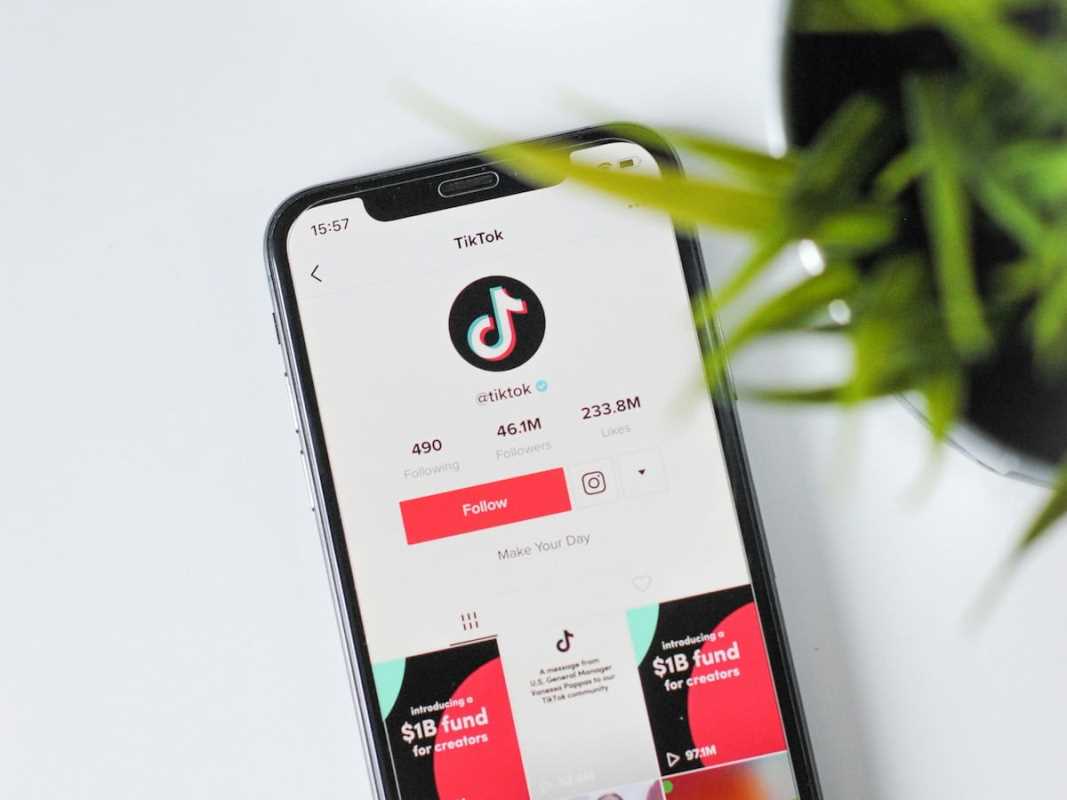Video marketing has rapidly become one of the most influential tools for businesses. It captures attention, drives engagement, and significantly impacts revenue. By 2025, video content will make up a remarkable 82% of all internet traffic, cementing its importance. Businesses that stay current with trends will have the advantage, but those who use old methods risk falling behind. Let's dive into video marketing trends in 2025 and offer steps to help you stay ahead of the game. No matter if you’re an experienced marketer or just starting out, these insights will enhance the impact of your video campaigns.
1. AI-Powered Video Creation
Artificial intelligence is revolutionizing how videos are made. Marketers now have access to tools that can generate scripts, edit content, and even produce realistic voiceovers. These AI tools don’t save time and reduce production costs. Businesses can now create high-quality videos in minutes, which opens the door for more frequent and targeted content.
AI-generated videos should balance efficiency with authenticity. Combining AI’s speed with a human touch means the videos still feel relatable and engaging. Brands must also remain transparent to maintain trust, especially as deepfake technologies become more advanced.
Experiment with AI video tools to produce quick, cost-effective content. Start with short-form videos using AI-driven editors, then compare their performance to manually-created videos.
2. Short-Form Video Content
Influenced heavily by platforms like TikTok, YouTube Shorts, and Instagram Reels, short-form videos are becoming the dominant content style. These bite-sized videos, often under 60 seconds, are perfect for capturing attention in a crowded feed. Their fast-paced nature, combined with the ability to deliver value quickly, makes them a favorite among audiences.
Winning with short-form content means creating videos that immediately grab attention. Successful formats often include a strong visual or an intriguing question within the first three seconds.
Develop a series of 15-30 second videos to promote your product or service. Focus on topics that resonate with your audience, such as quick tutorials or industry tips, using snappy captions and engaging visuals.
3. Shoppable Videos
Shoppable videos are changing the way consumers browse and buy. These interactive videos allow users to purchase products directly within the content, streamlining the buyer’s experience. Platforms like Instagram and TikTok have integrated shopping features that make this trend an e-commerce tool. Businesses can showcase their products’ benefits and reduce friction in the buying process.
Add clickable product overlays to your videos on Instagram or TikTok. Pair these with compelling demonstrations to encourage immediate purchases.
4. Personalized Video Content
Personalization is taking over video marketing. Tailoring videos to specific demographics or customer segments boosts engagement by making content feel relevant. Personalization goes beyond adding a customer’s name to a video. Customized recommendations or localized content show deep audience understanding.
AI tools make personalization easier than ever by analyzing viewer behavior and preferences. Brands that tailor their content accordingly will see higher audience interaction and retention.
Use customer data to create location-based or interest-specific videos. Highlight products suited to particular groups and build tailored messaging for each segment.
5. Localized and Authentic Stories
Audiences are growing tired of overly produced and generic marketing content. Instead, they crave authentic stories that reflect real-world experiences. Hyperlocal videos, which focus on specific communities or regions, connect with audiences on a more personal level. Lo-fi videos, which emphasize raw footage over expensive production, are particularly effective.
Brands can spotlight employee stories, customer testimonials, or behind-the-scenes footage to show authenticity. This approach builds trust and increases relatability.
Ask your customers to create short, lo-fi videos sharing their experiences with your brand. Incorporate these stories into your campaigns to build a sense of community.
6. Niche Creator Collaborations
Micro-influencers and niche creators are reshaping video marketing. Unlike traditional influencers, these creators cater to specific audiences with deep trust and engagement levels. Collaborating with them helps brands reach unique and highly engaged target markets.
Working with smaller creators boosts visibility and aligns your brand with relatable, credible voices. These partnerships often feel more authentic than working with celebrity influencers.
Partner with creators whose audiences align perfectly with your product or service. Provide them with creative freedom to produce content that resonates authentically with their followers.
7. Omnichannel Repurposing Content
Repurposing videos across multiple platforms guarantees consistent branding and saves resources. A single long-form video can be split into shorter clips, social media reels, infographics, or blog posts. This approach guarantees your content reaches audiences where they already are.
Repurposing content boosts its ROI and sustains your marketing efforts throughout the quarter. Customizing videos for different platforms means greater reach and engagement.
Transform blog content or webinars into short video snippets optimized for Instagram Reels or LinkedIn. Always adjust the tone and style of the content for each platform.
8. Metrics for Video Success
Moving beyond simple view counts, marketers are focusing more on metrics that measure impact and engagement. Retention rate, click-through rate, and conversion rate are now more important for understanding a video’s success. These deeper KPIs align better with business goals than basic vanity metrics.
Analytics tools have improved dramatically, providing detailed reports on how audiences interact with videos. This data enables smarter decision-making when refining future campaigns.
Track viewer retention and audience behavior for every uploaded video. Pay attention to where viewers drop off and adjust future content to keep them engaged for longer.
9. Live Video and Interactive Features
Live video is becoming a major trend, especially for brand events, Q&A sessions, and product demonstrations. Interactive features, such as live chat and polls, allow real-time engagement, creating immediate connections between brands and audiences.
Combining live video with interactivity gives customers a voice, making them feel more involved with the brand. This format humanizes businesses and strengthens consumer trust.
Host monthly live sessions where you answer customer questions or share exclusive updates about your products. Use live polls or questions to keep viewers actively engaged.
 (Image via
(Image via





